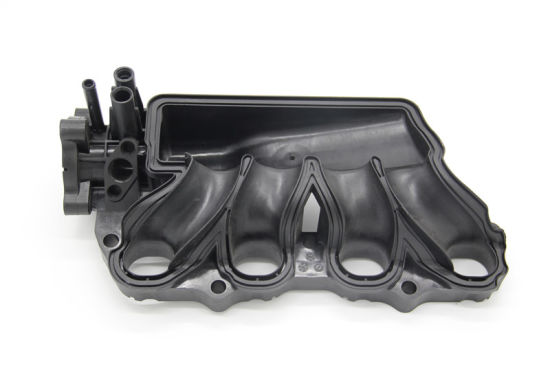In an era dominated by sustainability, manufacturers constantly seek innovative and eco-friendly production techniques. Thermoplastic Foam Molding is one such technique that has gained prominence for its sustainable attributes.
From automotive to packaging, this technique is used across various industries to create a wide range of products. Ahead in this article, we’ll explore the eco-friendly aspects of thermoplastic foam molding to understand why it is so popular today.
The Environmental Benefits of Thermoplastic Foam Molding
One of the standout features of thermoplastic foam molding is its eco-friendly profile. Let’s explore the environmental benefits of this manufacturing technique:
1. Reduced Material Waste: Thermoplastic foam molding minimizes material waste by creating lightweight, porous structures that use fewer raw materials than traditional manufacturing methods. This reduction in waste results in significant cost savings.
2. Low Energy Consumption: The process requires lower energy consumption due to operating at lower temperatures and shorter cycle times. It minimizes operational costs and greenhouse gas emissions.
3. Lower Carbon Footprint: Thermoplastic foam molding contributes to lowering the carbon footprint. For example, it helps create lighter and more fuel-efficient vehicles to minimize emissions and promote sustainability.
4. Sustainable Material Options: Manufacturers can use biodegradable and recyclable thermoplastics. These materials align with circular economy principles, where products are designed for reuse and recycling, further reducing the environmental impact.
5. Resource Efficiency: Thermoplastic foam molding is highly resource-efficient. It minimizes the need for raw materials to help conserve natural resources.
6. Lower Water Usage: The reduced energy requirements in thermoplastic foam molding also lead to lower water consumption, which is particularly beneficial in regions where water conservation is a critical concern.
7. Less Transportation Impact: Lightweight parts produced through this method result in reduced transportation costs and emissions. It indirectly contributes to lowering the overall carbon footprint associated with the transportation of goods.
8. Sustainability in Product Design: The eco-friendly nature of Thermoplastic Foam Molding encourages product designers to consider sustainable designs that require less material, leading to long-term ecological benefits.
9. Cost Savings and Competitive Edge: Adopting eco-friendly practices like thermoplastic foam molding can help businesses reduce costs associated with waste disposal and energy consumption. Additionally, showcasing sustainability in product manufacturing can provide a competitive edge in the market.
10. Minimal Hazardous Waste: Unlike traditional manufacturing processes, thermoplastic foam molding generates minimal hazardous waste, further contributing to a cleaner and safer production environment.
These multifaceted environmental benefits of thermoplastic foam molding make it an attractive choice for eco-conscious manufacturing.
Final Thoughts
In summary, thermoplastic foam molding is a sustainable choice for a greener future. Its capacity to reduce waste, lower energy consumption, and minimize emissions is what makes it an appealing option for eco-aware manufacturers. Choosing sustainable materials and embracing energy-efficient processes like thermoplastic foam molding can help industries significantly reduce their environmental footprint.
Ongoing research and development efforts are focused on making thermoplastic foam molding further environmentally friendly and cost-effective. As environmental regulations continuously become stringent, incorporating eco-friendly practices in manufacturing is not just an option but a necessity.
Therefore, in an era where environmental responsibility takes precedence, thermoplastic foam molding is a testament to innovative manufacturing that is both pragmatic and environmentally conscious. Embracing this technology not only benefits businesses but also contributes to a sustainable and greener world.


